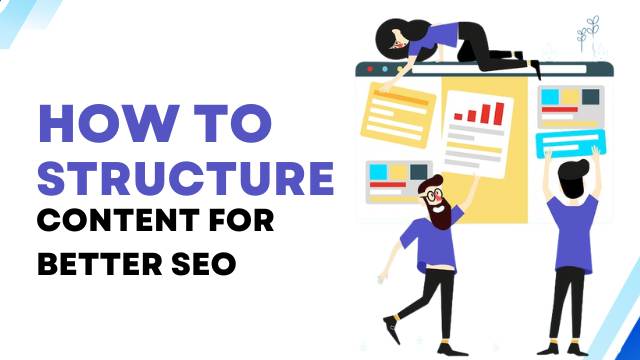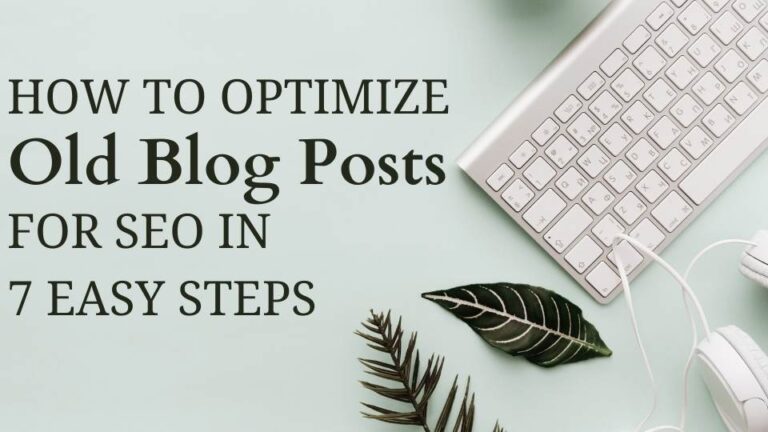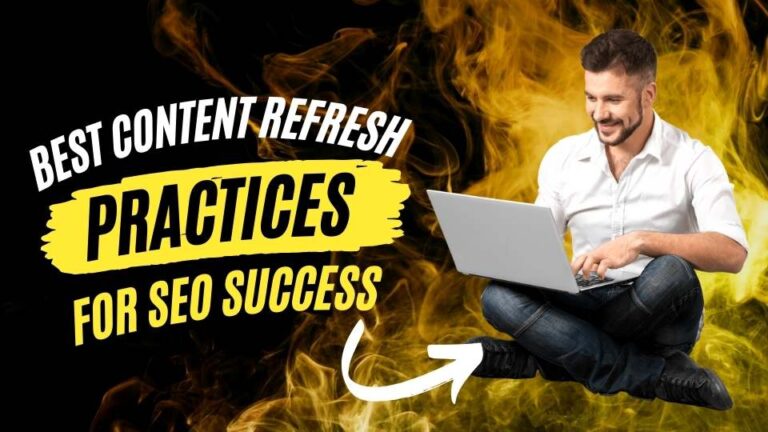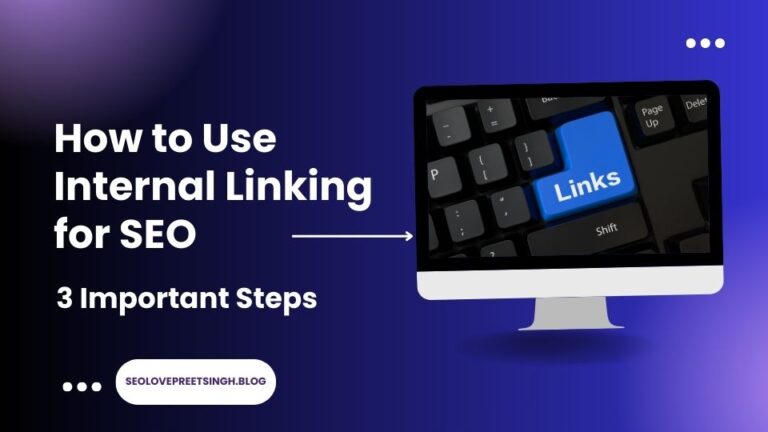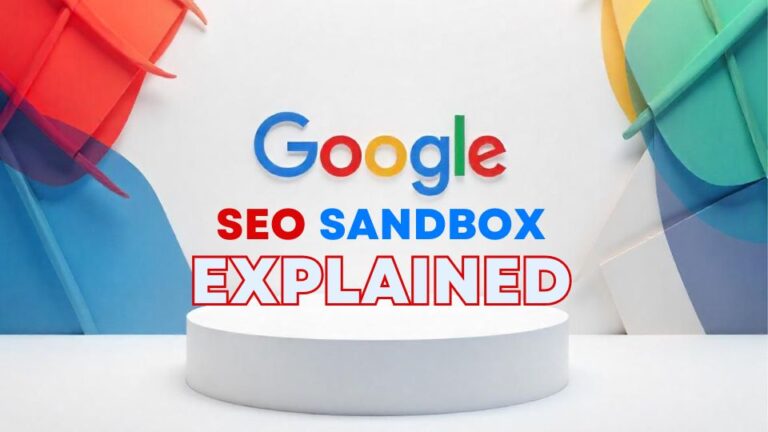Need help getting search engines to rank your work higher? You have company. Your information might need to be noticed among all the other websites trying to get people’s attention. What if you could make your work stand out? You can improve your online profile by learning how to structure content for SEO.
Structure Content for SEO puts data in a way that search engines can understand and rank it. With this plan, you’ll do better in search results, get more visitors, and increase sales. Structured content for SEO makes search engines happy and improves the user experience, which keeps visitors excited and makes them more likely to buy. In today’s tough digital market, knowing how to use SEO Content Structure will give your website the edge it needs to do well. CopyTryAgain
We’ll talk about seven tried-and-true ways to organize your content better for SEO in this blog. These suggestions are useful, simple, and certain to get your content’s attention.
7 Tried-and-True Ways to Structure Content for Better SEO
1. Do keyword research first. This is the most important part of SEO.
Keyword study should be the first thing you do before you start writing. Finding the words and sentences your target audience seeks is part of this process. Tools like Google Keyword Planner, SEMrush, and Ahrefs can help you find keywords with a lot of searches and little competition that will help your results.
Why it’s important: For search engines to understand what your page is about, you need to use important keywords throughout your content. This makes it more likely that your content will show up in search results when people put in those queries.
Pro Tip: Use long-tail keywords and specific sentences that get fewer searches but more conversions. These can bring in more qualified traffic, improve interaction, and increase sales.
2. Write an interesting title that will grab people’s attention right away
People and search engines see your title first. Your main phrase should be in the title and be short and catchy. Titles that use numbers, ask questions, or make people curious do better.
Why it’s important: Click-through rates (CTR), which are very important for SEO, increase when the title is interesting. Your link will increase in search results if more people click on it.
Tip: Ensure your title is under 60 characters long to fit on search engine results pages (SERPs).
3. Know how to use header tags: Sort your content.
Header tags, like H1, H2, H3, and so on, help organize your content, which makes it easier for people to find and use. The H1 tag should have your main term, and the H2, H3, and so on should have related keywords.
Why it’s important: Header tags make your material easier to read and help search engines figure out how to organize it. In the end, this can lead to better indexing and higher results.
Tip: Use H2 and H3 tags to divide your text into sections. This makes the text easier to read, which is good for SEO and the user experience.
4. Use both internal and external links to build authority
Internal links take people to other pages on your site, and external links take people to trustworthy sites outside your site. For SEO, both kinds of links are very important.
Why it matters: Internal links help search engines better crawl your site, and external links to trustworthy sources can make your site seem more trustworthy. Both of these things help scores go up.
This will help both people and search engines understand what the related content is about. A helpful tip is to use descriptive anchor text for your links.
5. Make your meta descriptions better to get more clicks.
A short recap of your page is called a meta description and appears under the title in SERPs. A well-written meta description can increase CTR, but it doesn’t directly affect results.
Why it’s important: People may click on your link instead of a competitor’s if your meta description is optimized and includes your main term and a call to action.
Tip: To ensure your meta titles look good in search results, keep them between 150 and 160 characters.
6. Use pictures and alt text to get people more interested
Visual material is a great way to keep people interested. Picture search engines, conversely, can’t “see” them, so you need to use alt text, which is a short description of the picture, to help them understand what it is.
Why it matters: Images that are properly adjusted can help your page’s SEO by making it easier for search engines and people who are blind or have low vision to read.
Tip: Put your main keyword in the alt text of at least one picture on your page.
7. Make long-form, high-quality content: Value of Offer
Search engines like material that goes into great detail about a subject. Aim for pieces that are at least 1,000 words long, but don’t fill them with unnecessary words. Instead, focus on giving readers something useful.
Why it’s important: Long-form content is more likely to get backlinks, rank better in search results, and keep people on your page longer, all of which are good signals for search engines.
Break up long writing pieces with bullet points, numbered lists, and short paragraphs. This will make them easier to read.
Questions People Ask Often
A: Keywords are important, but using only a few can help your SEO. Pay attention to how naturally you use keywords in your writing and put clarity first.
A: No answer works for everyone, but posts with 1,000 words or more tend to do better. The important thing is to add value and go over the subject in depth.
A: Making regular changes can help your results. Change your content every six to twelve months to keep it fresh and useful.
A: Yes, but use it sparingly. Instead, use different versions of the keyword and linked words to keep the flow natural.
A: To monitor your results and see how your content is doing over time, use tools like Google Analytics, SEMrush, or Ahrefs.
In conclusion
It’s not just about making search engines happy when you structure your content for better SEO. It’s also about giving your readers a better experience. If you follow these seven tips, you can ensure that your content is seen, useful, and interesting.
Remember that SEO is a constant process. Keep testing, analyzing, and adding to your material to stay ahead of the competition. Use these tips immediately, and you’ll see your results go through the roof!

Lovepreet Sachdeva is an SEO Specialist with extensive experience in helping businesses improve their online presence. He is dedicated to providing top-notch SEO services and personalized strategies to boost your website’s performance. Contact him today for professional SEO assistance.

